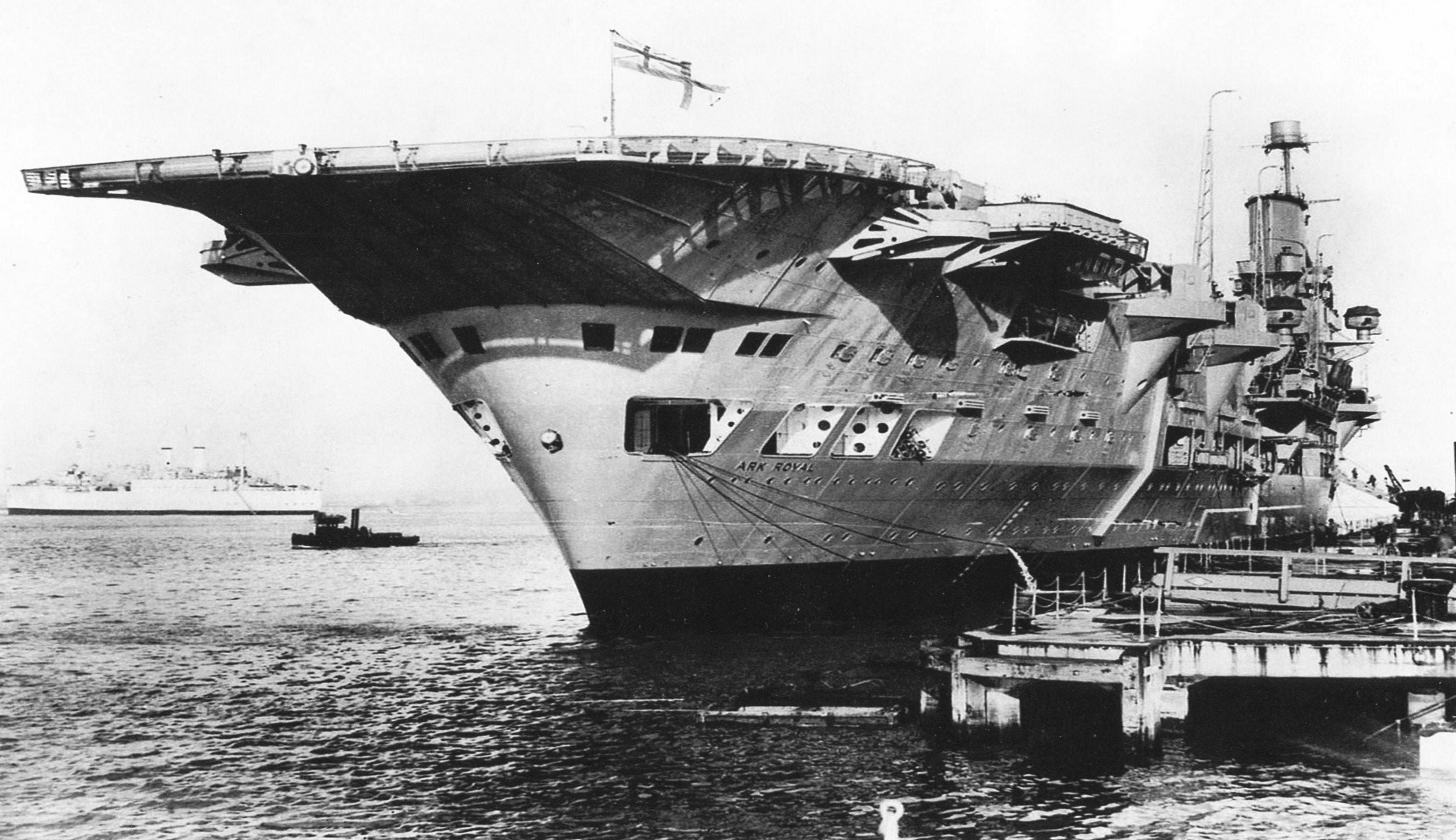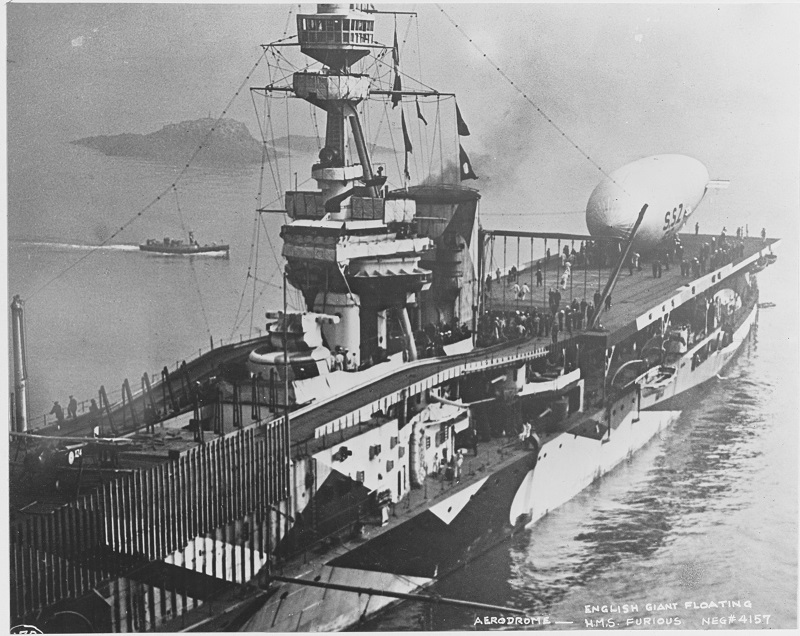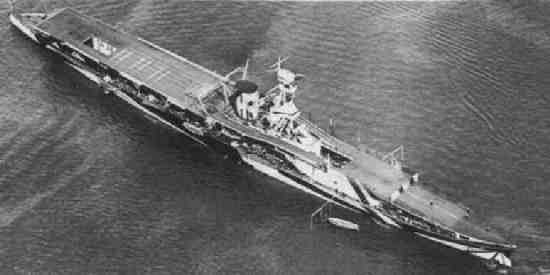IIRC the Ark Royal was designed for the Pacific. In Wintons book on Carrier Glorious, the captain wanted all the AA guns removed as he regarded them as useless but he wanted the weight saved to give a faster ship, the crew regarding his desire as 'faster than a fart in a gale!'freeing up Ark Royal and any proposed follow on class for service closer to home?
The idea of more than one launching point ie the 2 flight decks persisted. US carriers had cross deck catapults on the hangar deck into the Essex class.
https://www.thedrive.com/the-war-zo...raft-carrier-hangar-catapults-of-world-war-ii

Last edited:






